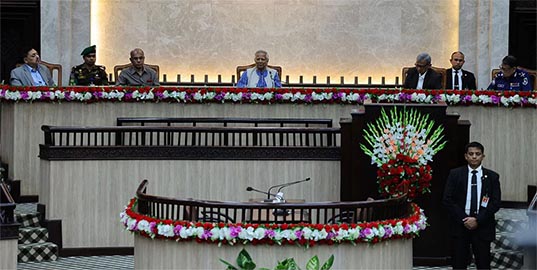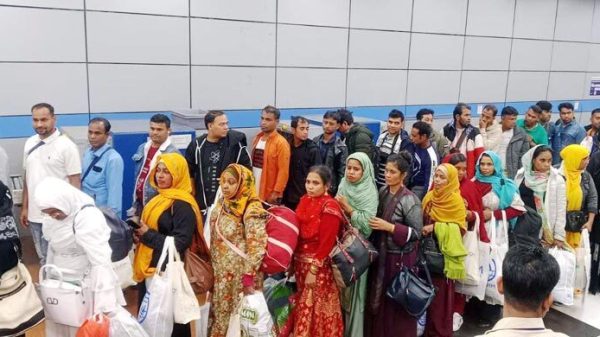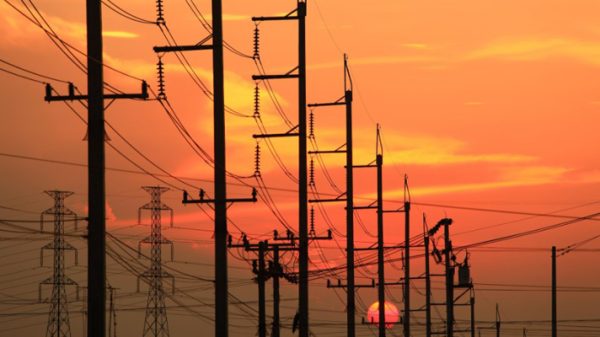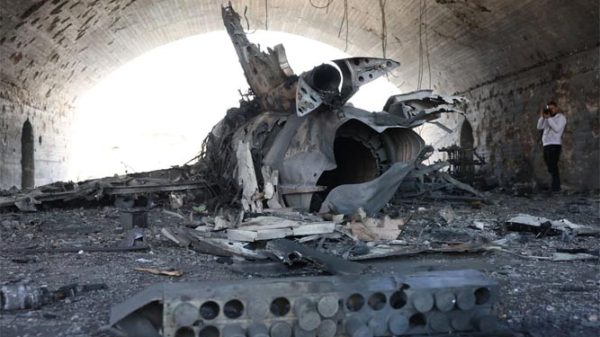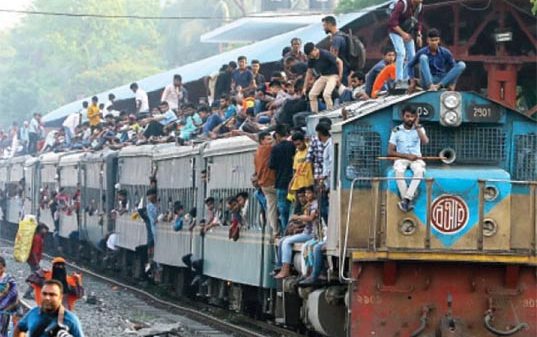The ‘nomadic’ watermelon farmers of Char Kakra

- Update Time : Saturday, 30 March, 2024, 02:37 pm
- 140 Time View
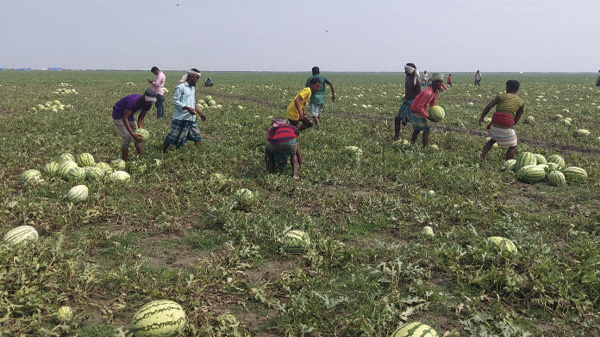
Online Desk: Hundreds of kinsmen gather on a tiny island for a few months with one purpose. Once their mission is accomplished, they move out and start looking for their next destination.
The island is known as the “crab island” and the men’s purpose is to produce watermelons.
No, this is not a setting for a fantasy flick, but an actual place where the watermelons on your Iftar table this Ramadan probably came from.
The island, known as Char Kakra, which translates to “crab island”, is a small char nestled amidst the Meghna River, positioned between Lakshmipur and Bhola districts. It is located 40km from the town of Lakshmipur and stands just 5km away from the mainland.
No point looking for the char on Google Maps though – because it is not listed yet.
This year, the island with no permanent population, is adorned with a bountiful harvest of watermelons, as a group of farmers has cultivated this sugary sweet fruit across 1,000-acre expanse of the 5.66 sq-km char.
These farmers travel to different parts of the country to grow watermelons. When they find a suitable piece of land, they take it on lease for a few months and start planting watermelons.
They’ve been doing this for about 25 years now. Locals call them “nomadic farmers” because they move to new land after the last watermelon is sold.
This time they have chosen Char Kakra.
All 200 watermelon farmers, half of whom are also investors, hail from Nurabad village in Charfashon upazila of Bhola. What’s particularly intriguing is that they all belong to the Patwari clan and specialise in nomadic watermelon cultivation.
Dulal Patwari, aged 50, is one of the investing farmers who has been cultivating watermelons since 2000. He invested around Tk1 crore on 64 acres of land in Char Kakra.
“This time, the yield wasn’t as good as expected, with around 1,500 watermelons per acre, weighing 8-10kg each,” he says.
Dulal sells watermelons directly from the field in such places as Dhaka and Narayanganj, fetching Tk30,000 per hundred for the largest ones (15kg), Tk15,000-Tk20,000 for medium-sized ones (10-12kg), and Tk8,000-Tk12,000 per hundred for small-sized ones (4-8kg).
Dulal expects Tk30 lakh profit this season.
Char Kakra turns to watermelon kingdom
During this bustling period, activity thrives on the char. In the watermelon fields, 200 men harvest the fruits. Some load a tractor-truck, amidst an atmosphere akin to a watermelon kingdom. Large tractors transport the harvest to the riverbank, where another group unloads and loads the watermelons onto the trawler.
Dulal Patwari, Rafiq Patwari, and Harun Patwari say there are joys and benefits of farming in a group. They mention that of the 14,000 residents in their village, around 8,000-9,000 are watermelon farmers.
However, due to limited land in Nurabad village, most villagers venture out to different districts across the country for watermelon cultivation.
They say group farming provides various advantages such as security and lower costs. Hence, they collaborate to cultivate watermelons across different districts, returning home after four months.
While most of them travel outside Bhola district, they prefer regions with ample vacant land, such as Patuakhali, Barishal, Khulna, Pirojpur, Jhalakathi, Barguna, Lakshmipur, and Noakhali. Their preference leans towards remote areas near rivers and seas for watermelon cultivation.
Watermelon business
Harun Patwari says, “The watermelon cultivation season usually lasts four months, usually from December to April. This season, I have leased about 400 acres of land from locals. Using an excavator machine, we’ve built a high embankment to protect it from saltwater intrusion.”
Harun notes that they’ve harvested around six lakh watermelons already, fetching Tk8-Tk10 crore in the wholesale market.
“By mid-March, half of the watermelons had already been sold, and the rest is expected to be sold by mid-April. Once the season concludes, we’ll return home together,” says Harun.
Watermelon production costs around Tk2 lakh per 1.5 acre, says Rafiq Patwari. “With good yields, the fruit sells for Tk3.5-Tk4 lakh.”
The farmers transport the harvested watermelons from the fields to the riverbank on tractors, then load them onto boats and trawlers bound for wholesalers in Jatrabari, Savar, Barishal, Chattogram, Cumilla, Pabna, Narayanganj, Noakhali, Feni, and Dhaka.
Dulal, Harun, and Rafiq say they always sell watermelons in pieces. Watermelons are divided into three sizes. Each size is priced differently.
They have never sold watermelons by weight in the wholesale market but sometimes sell the entire field of watermelons together, fetching Tk3.5-Tk4 lakh per acre.
Life on Char Kakra
The farmers dedicate four consecutive months to the watermelon fields they lease. During this time, they construct small houses in various corners of the field, install tube wells for fresh water, set up solar power for electricity, and ensure cleanliness by maintaining toilets.
They even bring along four months’ worth of food, snacks, and agricultural equipment from home.
This journey concludes only after all the watermelons are sold, making the day of returning home a joyous occasion.
While unfavourable weather conditions may lead to losses occasionally, most of the time they enjoy good profits from their endeavours.
The “nomadic watermelon farmers” of Char Kakra say regardless of the location, the largest group of watermelon growers in the country hails from their village of Nurabad.
They claim watermelons produced by the Nurabad villagers account for 60% of the country’s total production.
Other ‘nomadic farmers
There are also over 500 farmers in Subarnachar Upazila of Noakhali who venture into different districts to cultivate watermelons. At least 10 chars, various chars in Bhola, Noakhali, and Lakshmipur, are cultivated in a similar manner.
According to the Department of Agriculture Extension, Barishal division is renowned for watermelon cultivation nationwide. Across the six districts of this division, watermelons are cultivated on an average of 50,000 hectares of land annually.
The majority of watermelon cultivation in Barishal occurs in Patuakhali and Bhola. Patuakhali leads the country in watermelon production, contributing 37.8% of the total national production. Watermelons are grown on approximately 20,000 hectares of land in Galachipa and Rangabali upazilas of Patuakhali.
Zakir Hossain, director of the Department of Agricultural Extension in Lakshmipur, says organised watermelon growers are disseminating new cultivation techniques to farmers.
“Watermelons hold the potential to significantly contribute to the country’s economy if they fetch a favourable price in the market. High-quality watermelons could even be exported,” Hossain adds.


